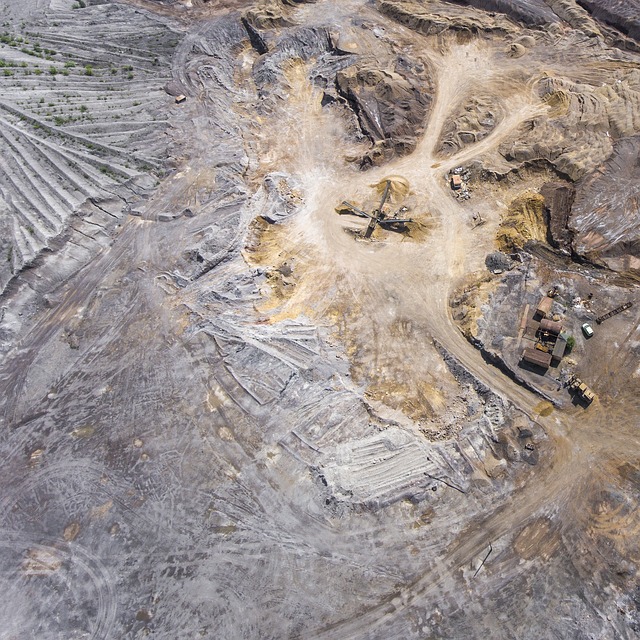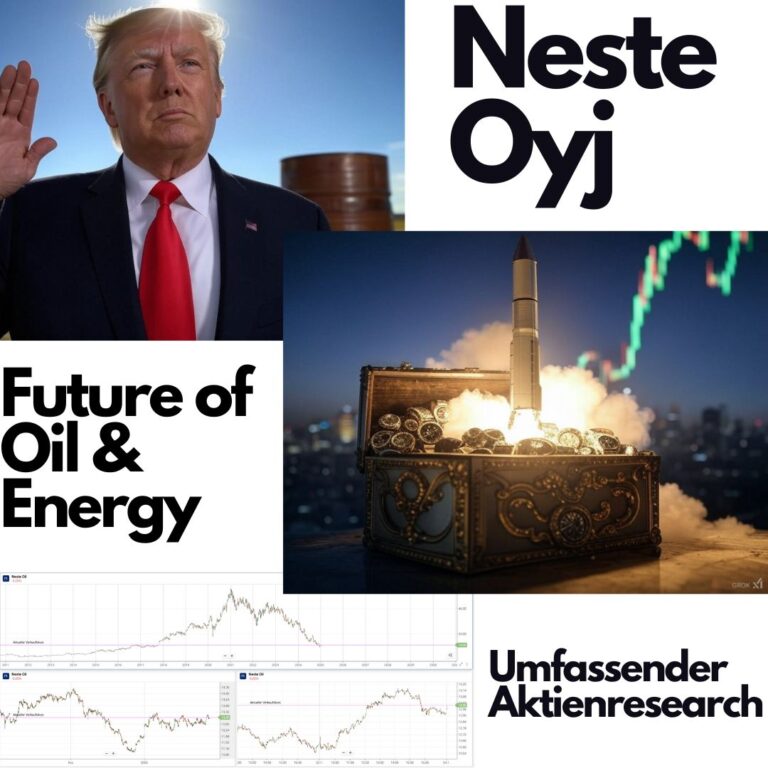Even though molybdenum is often mentioned in connection with rare earth metals, it is not one of them. Instead, molybdenum is a so-called transition metal and is also assigned to the strategic metals.
Strategic metals are metals that are not precious metals and not rare earths, but are nevertheless quite rare and irreplaceable for certain industries.
Unlike gold, silver or lead, molybdenum is not an exchange-traded metal. Nevertheless, it is of paramount importance to the industry, so for private investors mining companies primarily engaged in molybdenum mining are quite interesting.
Important properties for different industries
Molybdenum has only been known since the end of the 18th century. Previously, it was confused with galena or graphite. This, by the way, explains its name. „Molybdenum“ comes from the Greek and means „lead“.
In its pure form, molybdenum has a gray color with a metallic sheen. As a metal, it is characterized in particular by its hardness as well as its low melting point.
Pure molybdenum can be deformed, but even slight contamination with as little as one ten-thousandth of a percent nitrogen or oxygen causes severe embrittlement of the material. These properties make molybdenum highly interesting, especially for alloys.
Use of molybdenum
Around two-thirds of the molybdenum stock is used to alloy steel. By adding only small amounts of molybdenum, steel becomes much harder and its embrittlement is reduced. Molybdenum alloys thus increase the strength and corrosion and heat resistance of steel.
In addition, molybdenum is used as a lubricant and as a metallic return conductor in electronic devices. The metal is also an important raw material in the manufacture of halogen incandescent lamps. In addition, it is suitable as an impregnating agent against fire and is used in this capacity primarily in firefighting technology. To this end, molybdenum plays an important role in X-ray diagnostics and nuclear medicine.
The main producing countries
Something like two-thirds of the mined quantity is extracted from molybdenite. This usually occurs as a by-product of copper extraction. In addition, there are also mines where only molybdenum-bearing ore is mined.
Most molybdenum comes from the USA, followed by China and Chile. Other important producing countries are Peru and Canada.
Major molybdenum producers
Among the most important molybdenum producers is the Canadian mining company Thomson Creek Metals. The Company focuses primarily on the exploration and production of molybdenum, mining it at several mines in Canada and the United States.
A large Chinese producer is China Molybenum. In addition to molybdenum, the company also produces tungsten.
The US company General Moly is exploring in Nevada in two projects at once. In the future, General Moly also plans to mine the rare molybdenum there.







